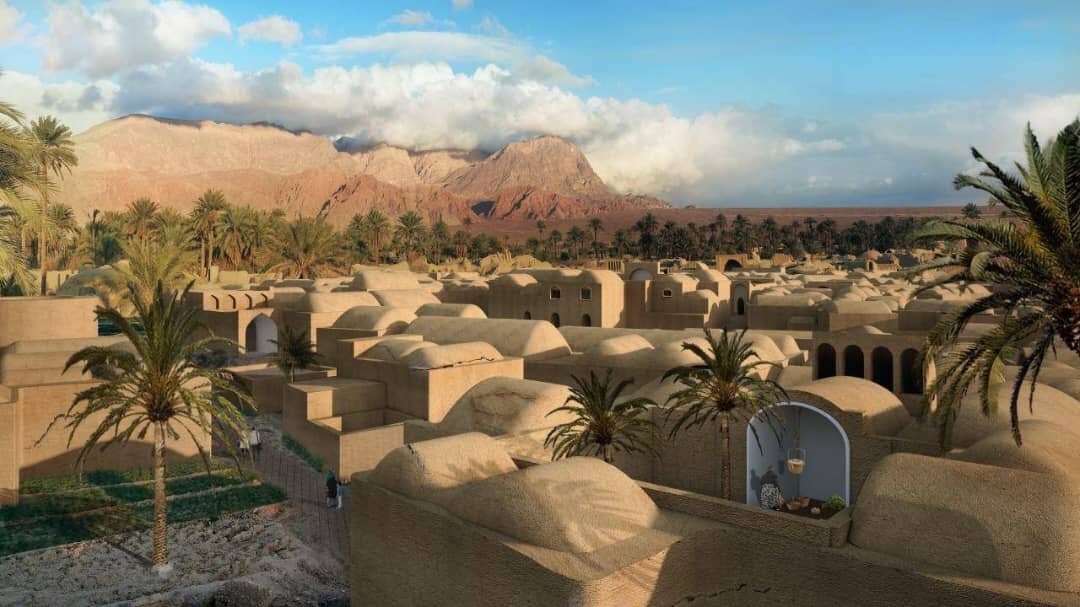

In a global competition among 150 villages, Esfahak in South Khorasan Province, Iran, emerged as one of the best tourism villages, as designated by the United Nations World Tourism Organization.
Esfahak Village: A Historical Gem in the Heart of the Desert
Esfahak village, located in the Deyhuk district of Tabas County, South Khorasan province, Iran, is a historical gem nestled 231 kilometers from the provincial capital, Birjand. This village, like many others in Tabas, suffered significant damage during the devastating earthquake of 1978. Despite the destruction, Esfahak managed to preserve a significant portion of its original structure.
The village's architecture is perfectly adapted to its desert environment, with buildings constructed primarily from mud bricks. A unique and striking feature of these traditional homes is their close proximity and compactness, which locals believe was intended to deter theft. Additionally, this clustering of houses provides shade in the summer, creating a cooler environment, and helps to retain heat during the winter, making them energy-efficient.
One of the main reasons for Esfahak's popularity is its exceptional architecture. Walking through its narrow lanes, the scent of mud bricks and the sight of traditional houses create a memorable experience for visitors. The village also boasts other attractions, such as a desert observatory, an old bathhouse, and a mosque.
Tourist Attractions in Esfahak Village:
• Traditional Architecture: The village's mud-brick houses, adorned with beautiful windcatchers and winding alleys, create a unique atmosphere. This traditional architecture is emblematic of Iran's desert regions.
• Unspoiled Nature: Surrounded by towering mountains, a vast desert, diverse vegetation, and a temperate climate, Esfahak offers a pristine natural setting.
• Saffron Fields: Saffron fields, which bloom during the harvest season, add a touch of beauty to the village landscape.
• Historical Texture: Strolling through the village's old lanes, visitors can experience its historical fabric and admire the ancient houses and monuments.
• Ecotourism: Staying in one of Esfahak's eco-lodges offers guests a unique and unforgettable experience.
• Handicrafts: Local handicrafts such as carpet weaving, pottery, and basketry make for excellent souvenirs.
Best Time to Visit Esfahak:
Due to its mountainous location within a desert region, Esfahak enjoys a relatively cool climate year-round. However, the best time to visit is during the cooler months of the year, which is generally the peak tourist season for desert regions.
If you're planning a trip to this historic village, rest assured that Esfahak offers a range of amenities including eco-lodges, restaurants, shops, and sanitary facilities. The village is also easily accessible by paved road, and communication services are available.